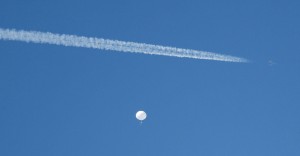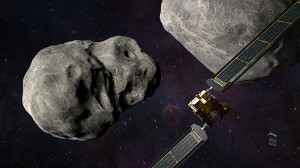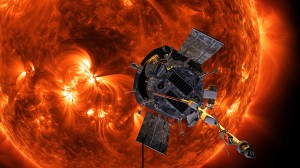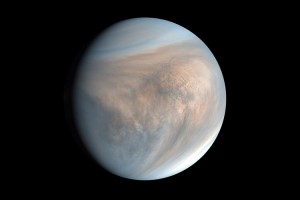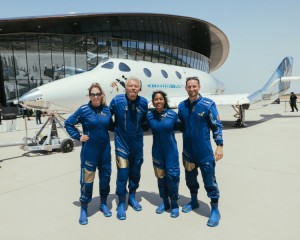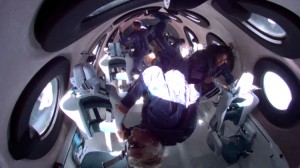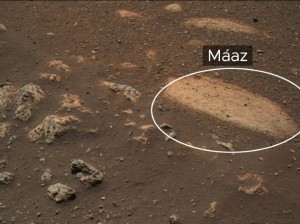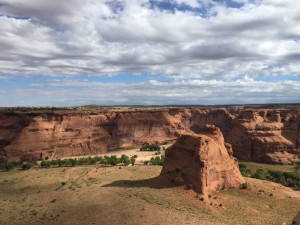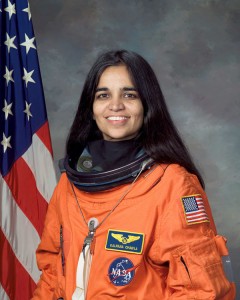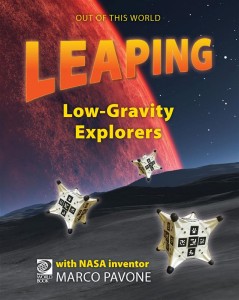Marie Van Brittan Brown: Inventor of the Home Security System
Monday, November 27th, 2023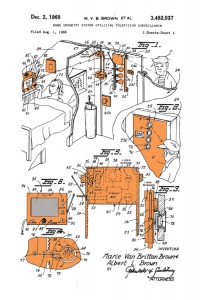
Browns’ 1969 patent plan for an elaborate home security system suggests safety and relaxation can go hand in hand.
Credit: U.S. Patent and Trademark Office
Today many people have security systems installed in their houses. Security systems set off an alarm when someone breaks in and automatically call the police. Home security systems also connect to smoke alarms and call the fire department if there is a fire. Some people also have security cameras around the house. They can show us when we have a package at the front door or when a visitor is waiting outside. Newer models even let you open the door from your smartphone or smartwatch! Do you know about the woman who invented the first home security system?
Well, she did not work for the CIA, FBI, or Homeland Security. Marie Van Brittan Brown was a Black American nurse. She was born on Oct. 22, 1922, in the Queens borough (section) of New York City. She married Albert Brown, an electronics technician. She worked late hours as a nurse and was concerned about the slow response time of the police in her neighborhood. Brown created a home security system for their house and filed for a patent in 1966. Brown called her invention the “Home Security System Utilizing Television Surveillance.”
The system involved a camera that monitored four different areas, displaying surveillance footage on a television. The system also had a two-way microphone, a button to let visitors into the house, and a button that called the police. The patent was approved in 1969. However, Brown never found a manufacturer or marketed her invention. Brown died on Feb. 2, 1999, in Queens.

